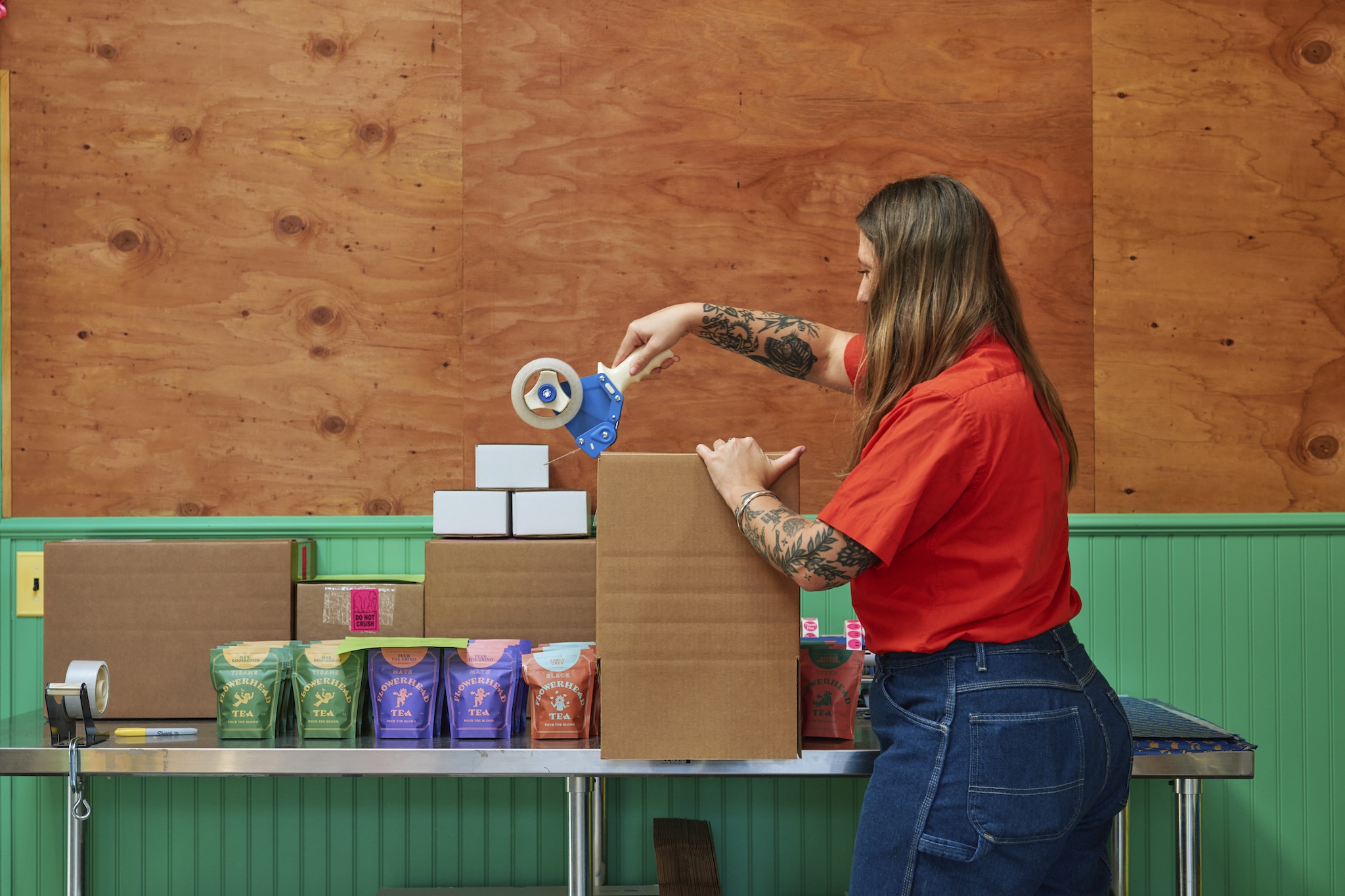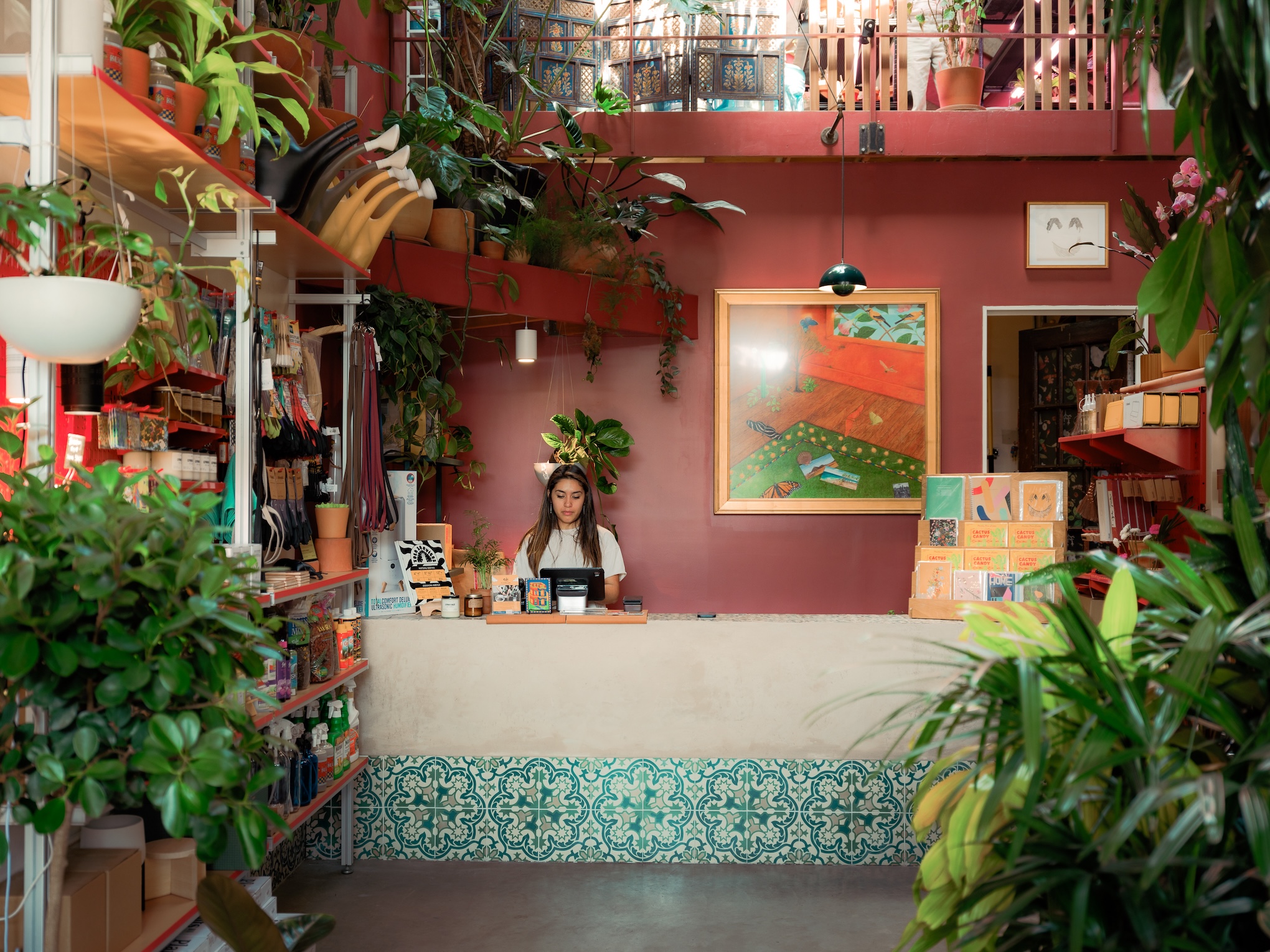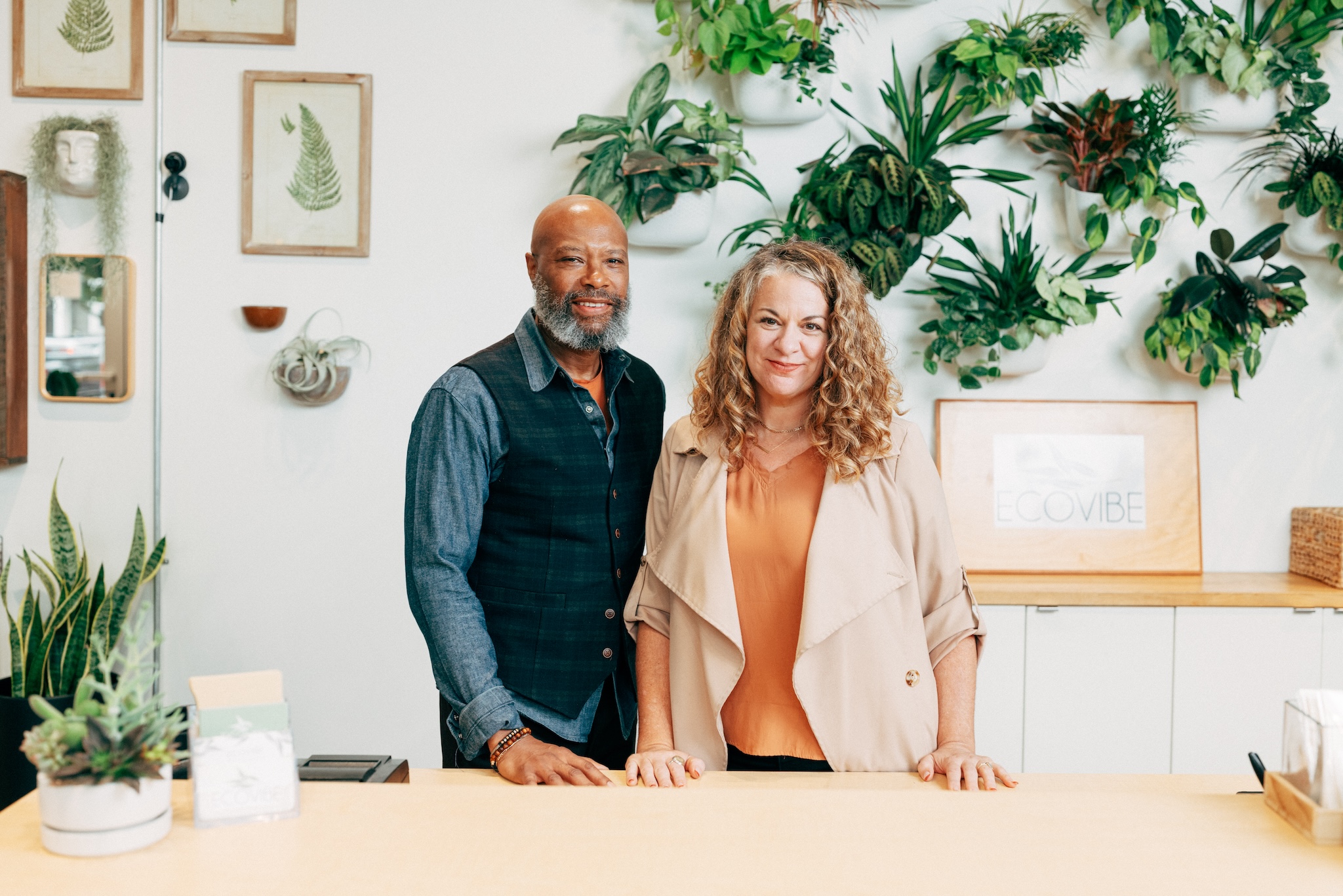

With so many performance metrics to keep an eye on—including site and/or foot traffic, sales, and return rates—average order value can get lost in the shuffle. But it’s an essential way to track your business’s growth and profit, and it can be a valuable tool to understand your customers.
A business’s AOV can be a major indicator of whether marketing strategies are working or if it’s time to reassess and make a new plan.
What does AOV mean?
AOV, or average order value, is the average dollar amount a customer spends per purchase. Keep in mind it’s measured per transaction and not per customer. If you have an AOV of $25, that means each time a transaction goes through, the customer is spending $25 on average.
How is AOV calculated?
Calculating AOV is a simple formula: total revenue divided by total number of orders. You can use this to track AOV at the weekly, monthly, quarterly, or even yearly level. For example, if your retail business made $2,000 in one week and you had 100 orders, then your AOV for that week was $20.
Why is AOV important for brands and retailers alike?
Your average order value matters because it can give you important insights into customer behavior. A higher AOV indicates a higher consumer interest in a brand, so it’s a metric you’ll want to increase over time. Instead of grabbing a single product, customers trust your brand enough to buy several items at once or invest in higher-ticket items.
Not to mention, the higher your AOV gets, the more bang for your buck you’ll get when it comes to marketing. Acquiring new customers can be expensive, from paid social ads to influencer brand deals. That’s why inspiring loyalty in your current customer base is more strategic than constantly chasing new customers. It’s more cost-effective to get a smaller number of repeat customers than it is to acquire a new customer for each order. Ideally, brands should aim to get the most that they can out of each order.
Average order value is also important because it can indicate whether your pricing strategies are effective. If your AOV is lower than you would like it to be, it’s a sign you could incentivize shoppers to buy more products in a single order or buy higher-ticket items. But how exactly do you do that? We’ll dive in below.
Tips for increasing your AOV
Increasing your average order value ultimately comes down to two factors: marketing and pricing. By experimenting with these levers, you can discover what resonates most with your audience and what best moves products.
1. Establish a customer loyalty program.
Let’s say your favorite coffee shop gives you a loyalty card that gets punched each time you come in for a morning pick-me-up. You know when you hit your fifth chai latte, you’ll get the sixth one free, so you start to frequent that shop more often. That’s an example of a customer loyalty program. E-commerce brands can achieve this with a points system where customers accumulate points through purchases in exchange for a free gift. Brands like Sephora or Bath & Body Works are known for their loyalty programs.
2. Create and promote themed product bundles.
Bundling is when you sell a group of items together for cheaper than they would have cost individually. It’s most effective when you pair similarly themed items together and works especially well with items like skincare or apparel. For instance, you might sell a summer skin bundle that includes a vitamin C serum, SPF sunscreen, and tinted lip balm. Customers buy more than they originally intended and discover more of your product line.
3. Use shipping thresholds to close more sales.
Anyone who’s added an extra $15 to their cart so they could get free shipping understands the power of shipping thresholds. Shipping thresholds are a straightforward way to entice shoppers to spend more, and when used strategically, they can help increase AOV. If your current AOV is $30, then you’ll want your shipping threshold to be higher than that before free shipping kicks in.
4. Leverage discounts to encourage shoppers.
Everyone loves a deal, so offering a lower price for purchasing another product can be very appealing. It often works best as an offer to add an item to a cart at a discounted rate. If someone already has a cashmere sweater in their cart, you might offer a scarf at checkout for 20% off the normal price.
5. Have a brick-and-mortar presence? Put your checkout area to work.
Your checkout area is the last chance you have to increase AOV before a customer completes their purchase. Are you leveraging your checkout area to its highest potential so you can cross-sell or upsell more products? For in-person sales, this looks like merchandising your store layout carefully so that easy-to-grab impulse buys like stickers, keychains, and buttons are right next to the register. For online sales, this might be a pop-up that appears at checkout suggesting that the facial serum they’re about to buy would pair well with an eye cream.
Paying close attention to AOV can give you quick insights into the health of your business and give you the data you need to make decisions about your sales strategy. By staying on top of these metrics, you can learn more about the behavior of your shoppers and how to better connect with them.




